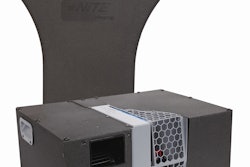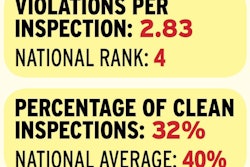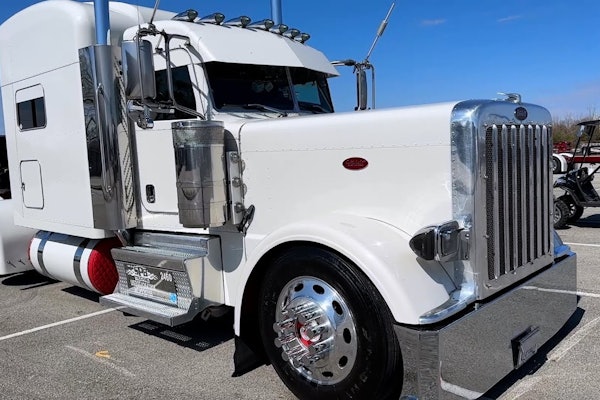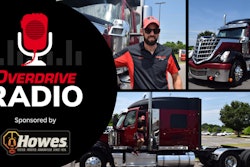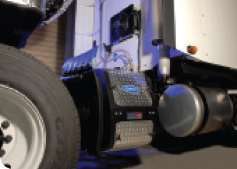
But for long-haul truckers, anti-idling laws created a big problem: Staying comfortable during off-duty hours. Various solutions were proposed, including shorepower hookups that allowed truckers to plug into a local power grid – much like a boat in port.
For many drivers, auxiliary power units were a better solution while offering more flexibility and getting around the limited amount of shorepower berths available in truck stops.
Today, APUs are being challenged by ever-increasing in-cab power loads as drivers plug in more electronic devices and fleets offer incentive packages that include high-end comfort items such as satellite TVs.
Also, as anti-idling laws and noise statutes become even more commonplace, the need for quality auxiliary power is becoming a requirement for a growing number of fleets.
All of this keeps APU manufacturers busy, continually pushing the design envelope.
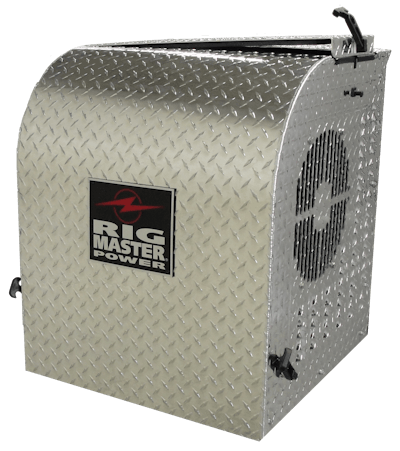 RigMaster customers have said their APUs save money and make living on the road more like living at home.
RigMaster customers have said their APUs save money and make living on the road more like living at home.

Sararus says some fleets use APUs as a recruitment tool, while others allow the driver to lease the truck and APU for a fee that pays for the unit and any maintenance or repair work. This gives the owners piece of mind when calculating operating costs, he says.
As for comfort, many drivers have told RigMaster that APUs save them money and make living on the road more like living at home, Sararus says.
“The comfort features that an APU can provide will help them to enjoy their downtime and sometimes make the delays more bearable,” he says.
New markets, new ideas
Designing and building a reliable APU starts with an almost maddening set of challenges. Beyond unit performance, APUs must be lightweight while enduring road shock and vibration.
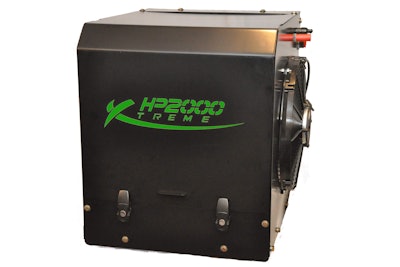 Parks Industries’ HP2000 series APUs are designed to be lightweight while enduring road shock and vibration.
Parks Industries’ HP2000 series APUs are designed to be lightweight while enduring road shock and vibration.
Throgmorton says Parks’ research with inverters is an example of the company’s work to find more efficient ways to operate APUs. “In-cab power is easily attainable with the addition of a higher-wattage inverter partnered with a larger-amperage DC alternator,” he says. “This allows for the owner to customize power options while maintaining fuel savings and reduced engine maintenance.”
New APU markets such as law enforcement and military vehicles have opened up, with the construction industry turning into a huge new opportunity, Throgmorton says.
“APUs are not just limited to climate control for drivers,” he says. “They can also warm hydraulic and engine oil tanks during the winter months. There are new engine technologies that we have our eye on, as well as alternative energy options that will allow us to capture wasted energy and repurpose it into a usable form.”
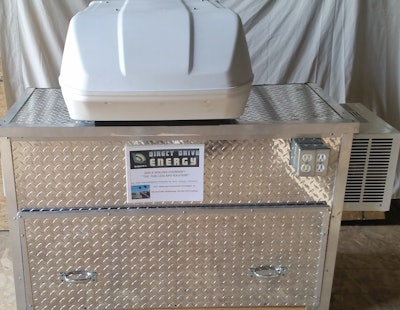 Rolling Thunder’s Fuel-Less APU works by extending a power wheel to the roadway to capture kinetic energy.
Rolling Thunder’s Fuel-Less APU works by extending a power wheel to the roadway to capture kinetic energy.
“It’s the same concept as a hybrid vehicle where the system captures brake energy,” Dierickx says. The wheel powers a series of four alternators producing 540 watts of energy to charge the battery bank in two hours at 60 mph. Once the system is fully charged, the wheel retracts, and the APU delivers up to 12 hours of in-cab energy and climate control.
“Trends in the APU market are hard to predict, but are not very far behind the automotive industry,” Sararus says. “There are many electric units in the marketplace that can deliver air conditioning and heating, but an electric unit still is not capable of providing what a diesel-powered APU can in terms of multifunction convenience and cooling and heating demands.”
To meet these needs, Sararus says RigMaster is in the final stage of unveiling its Hybrid APU system designed to provide the best of both worlds: energy savings and premium comfort.
“This new concept will cover all customer expectations and requirements – a compact, lightweight, powerful cooling and heating system, able to charge the truck batteries and power management system at a minimal maintenance cost and a high return on the investment, yet environmentally friendly while meeting all EPA current and future emissions standards,” he says.




